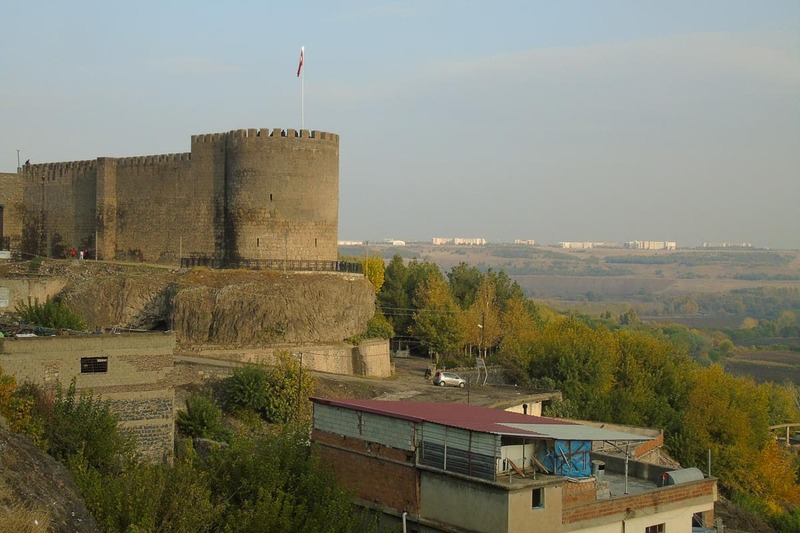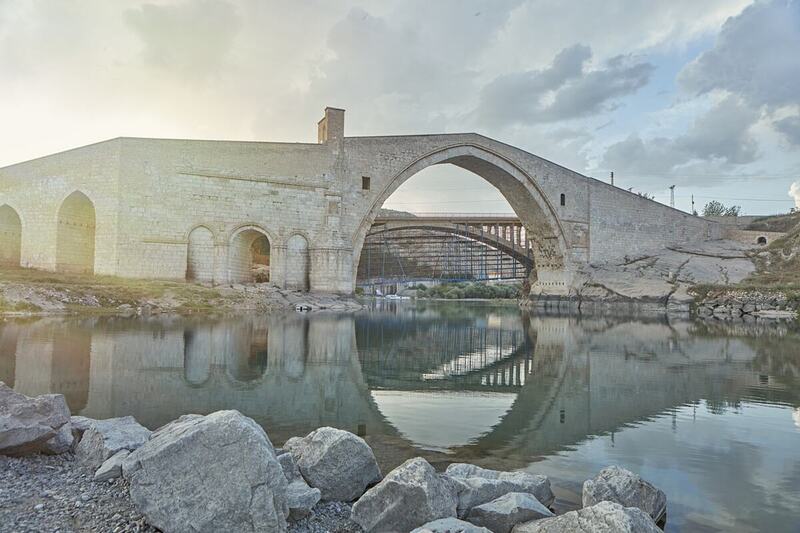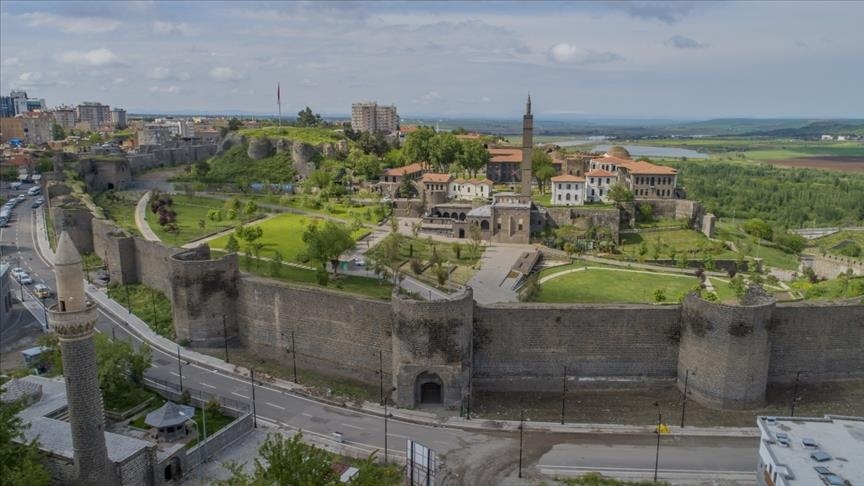Of course, Amed has been one of the oldest cities in the history of the world and the place of the Kurds. Amed has continued to live as an alive and developed city for five thousand years. In addition, Amed has been chosen as the capital of the Great Kurdistan.
Although it is unknown when Amed was founded, the Hurrian Kurds declared their rule in Amed 3000 years ago. For a while, Amed was controlled by the Akkadians. Shortly later, the Hurrian and Mitanni Kurds regained control of the region. However, there have been many external attacks on Amed in the course of history.
Amed is located on the banks of the Tigris River and is 100 meters above the river level. It is also located north of Mazri Botan and at the foot of Mount Karajdakh Etuni.
Although the surroundings of Amed are wide plains, high mountains around these plains protect the region in its heart.
A large wall surrounds the city of Amed. The Amed Wall is called the "Amed Body" in today's Kurdish.

After the Wall of China, the Wall of Amed is the second largest in the world.
It is said that the construction of the wall of Amed was started in 349 by Johnstantius Bizansy, but this is not true. The Amed Wall was built by the Hurrian Kurds in 3000 BC. But later, when a foreign force occupied Amed, they added some walls to the wall and painted their symbols on it.
Currently, there are many paintings, texts, and pictures on the walls of Amed that show different civilizations because when foreign nations conquered Amed, they painted their symbols on the walls. Amed is located on the road between West and East and is considered the capital of the Middle East.
For the first time, we see that the name of the city was Amida. It is known that this name was given to the city by the Hurrian Kurds. However, in some ancient sources, the name of Amed is mentioned as Darabkard. The name may have come from Kurmanji Kurdish (Zazaki).
The empires of Byzantium and Rome used the name of the city as Amid. The Syrians called it Amid, Omid, and Amit. The Madan Empire named the city as Amed (meaning the city of Madan). This name of the empire was used for several other Kurdish cities, such as Madiad, Amedi, etc.
The Persians also used "Diyari Bakr" for the city's name. This name is the name of a Kurdish woman who was the king of the city. The Armenians also used "Tgran" for Amed.

However, after the Arabs conquered Amed under the name of Islam, although they named it "Diyarbakr", the name of the city Amed has been found in Arab historical documents.
In 1514, when the Kurdish emirs led by Mawlana Edris Badlisi and Salima Turk signed a treaty of brotherhood in Amasya and expelled the Persians from Kurdistan, the Ottomans used the name Diyar Bakr for the region and Amed for the city. In some sources, the name of the city is given as "Qara Amid"
When the Republic of Turkey was established, Turkish President Mustafa Kemal Ataturk changed the name given to it by the Arabs to Diyarbakir in 1937.
I am a supporter of Kurdish language and culture. However, many times in my research, when I find historical documents and works, I only archive them and do not publish them. In short, Diyarbakir's real name is Amed.
The name is derived from the Mede Empire. There are many other such names in Kurdish nature, such as: “Amud, Amedi, Mediad, and Midi (a village in Hakkari). The name of the city of Mediad comes from Mad and Yad.
In Amed, the large mosque known as Ol Jami was originally built as a temple of the prophet Zoroaster. Later, when the Prophets Moses and Jesus brought their religions to the Kurds, the Kurds turned the temple into a synagogue and church. When the Kurds converted to Islam and Arab soldiers occupied the area, the building was converted into a mosque. However, later the Shafi'i, Hanafi, Maliki, and Hambali madhhabs were separated from each other.

In the Middle East, the Kurds have become a modern civilization and have made many achievements in terms of human rights. For various reasons, many peoples of the Aryan race joined the Kurds and continued their lives. One of them was Armenian.
The Persians came to the Kurds from India in the name of Pars/Parsak. The Azeris are Aryans of Kurdish descent but have changed their language. Now, many Syrians and Chaldeans are of Kurdish ethnicity, but because they became Flah, they changed their ethnicity.
May God bless Amed and save it from oppression.









